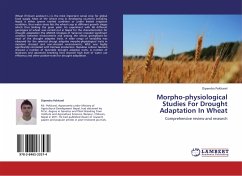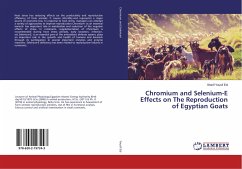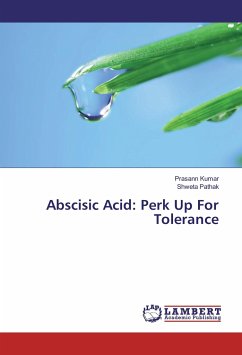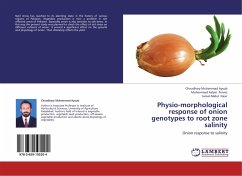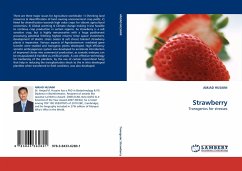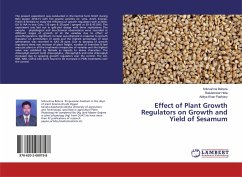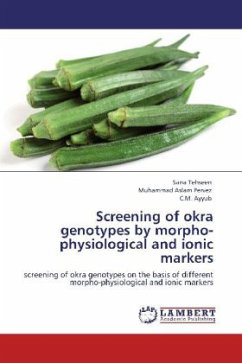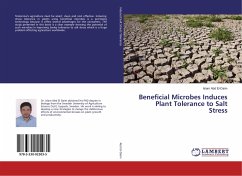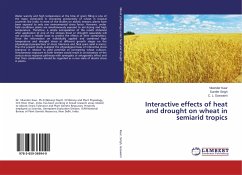
Interactive effects of heat and drought on wheat in semiarid tropics
Versandkostenfrei!
Versandfertig in 6-10 Tagen
36,99 €
inkl. MwSt.

PAYBACK Punkte
18 °P sammeln!
Water scarcity and high temperature at the time of grain filling is one of the major constraints in increasing productivity of wheat in tropical countries like India. In most of the studies on abiotic stresses; plants have been exposed to only one environmental stress factor. However, under field conditions plants are simultaneously exposed to soil drying and high temperature. Therefore, a simple extrapolation of the results obtained after application of one of the stresses (heat or drought) separately will not produce a reliable basis to predict the effects of their combination. Since the inf...
Water scarcity and high temperature at the time of grain filling is one of the major constraints in increasing productivity of wheat in tropical countries like India. In most of the studies on abiotic stresses; plants have been exposed to only one environmental stress factor. However, under field conditions plants are simultaneously exposed to soil drying and high temperature. Therefore, a simple extrapolation of the results obtained after application of one of the stresses (heat or drought) separately will not produce a reliable basis to predict the effects of their combination. Since the information on individually applied and combined high temperature and drought stress at different growth stages on the physiological perspectives of stress tolerance and final grain yield is scarce; thus the present study analyzed the physiological basis of interactive stress tolerance in relation to yield potential of contrasting wheat cultivars. Simultaneous exposure to both stresses would result in co-activation of the various stress response pathways with synergistic or antagonistic effect and that their combination should be regarded as a new state of abiotic stress in plants.



